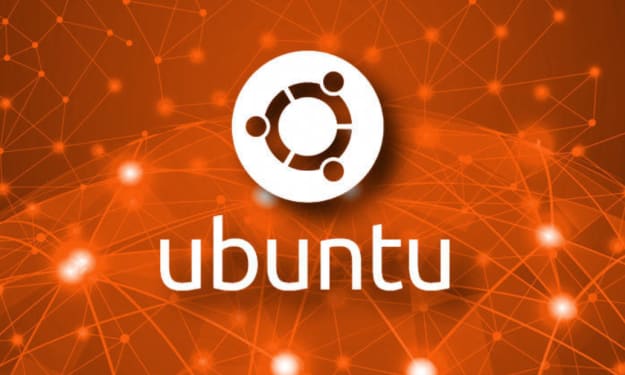The rapid technological breakthroughs that have impacted almost every part of our life are causing a fundamental revolution in contemporary art. Artificial intelligence (AI)-generated artworks and virtual reality (VR) installations are just two examples of how art and technology are fusing to redefine creative possibilities, push limits, and engage audiences in fresh and immersive ways.
Immersive art with virtual reality:

One of the most notable effects of technology on modern art is the emergence of virtual reality as a creative medium. VR is being used by artists to build immersive worlds that immerse viewers in other realms. Virtual reality installations enable viewers to engage viscerally with art, obfuscating the distinction between the real and virtual realms. For example, in order to provide spectators with a rich sensory experience and to push the limits of spatial perception, artists such as Olafur Eliasson have embraced virtual reality.
AI as a Cooperative Creative Partner:

The use of artificial intelligence as a creative collaborator in the creation of art is growing. Artists use generative algorithms and machine learning techniques to produce one-of-a-kind, unpredictable artwork. The AI poses issues about the nature of creativity and challenges conventional ideas of authorship with its capacity to analyse large datasets and produce innovative outputs. Leading artists investigating the mutually beneficial interaction between human creativity and machine intelligence are Mario Klingemann and Refik Anadol.
Digital Content and Interactive Displays:

LED screens and interactive projections are only two examples of the digital media that have become commonplace in modern art. These technologies are being used by artists to interact with audiences in new and exciting ways. Interactive installations encourage spectators to take an active role in the creation of the artwork by using their motions, gestures, or inputs. The traditional role of the passive spectator in relation to art consumption is challenged by this democratization of the artistic experience.
Digitized Reality and Location-Specific Activities:

With the use of augmented reality (AR), site-specific interventions—where digital components are seamlessly incorporated into physical spaces—have become more feasible. Artists have the ability to superimpose digital data or artworks on actual environments, changing the way in which onlookers observe and engage with their surroundings. The amalgamation of digital and physical domains facilitates the reconceptualization of communal areas and the production of transient, situation-specific artistic encounters.
3D printing and digital sculpture:

With the use of digital tools and 3D printing, technology has completely transformed the medium of sculpture. Sculptures so elaborate and complicated that they were unthinkable with traditional methods when created by artists. Unmatched precision and the execution of complex forms are made possible by the combination of computerized design tools and sophisticated manufacturing procedures. This change in sculptural approaches is indicative of a wider acceptance of the creative possibilities presented by technology.
The Art Market and Blockchain Technology:

Because it solves provenance, authenticity, and ownership problems, blockchain technology—best recognized for its application in cryptocurrencies—is causing a stir in the art market. Artists have the ability to tokenize their creations through blockchain-based platforms, generating distinct digital certificates of validity. This invention not only promotes transparency but also upends established notions of
Conclusion:
Technology's influence on modern art is a vibrant and complex investigation of creativity, pushing limits, and changing the landscape of the arts. A few of the tools that are revolutionizing the ways in which artists conceptualize, produce, and interact with their work are virtual reality, artificial intelligence, digital media, augmented reality, 3D printing, and blockchain. The conversation between innovation and art will surely grow as technology develops more, opening up new avenues and refuting stereotypes about what art may be. The mutually beneficial association between art and technology broadens the scope of artistic expression and encourages viewers to engage actively in the dynamic storyline of modern art.







Comments
There are no comments for this story
Be the first to respond and start the conversation.